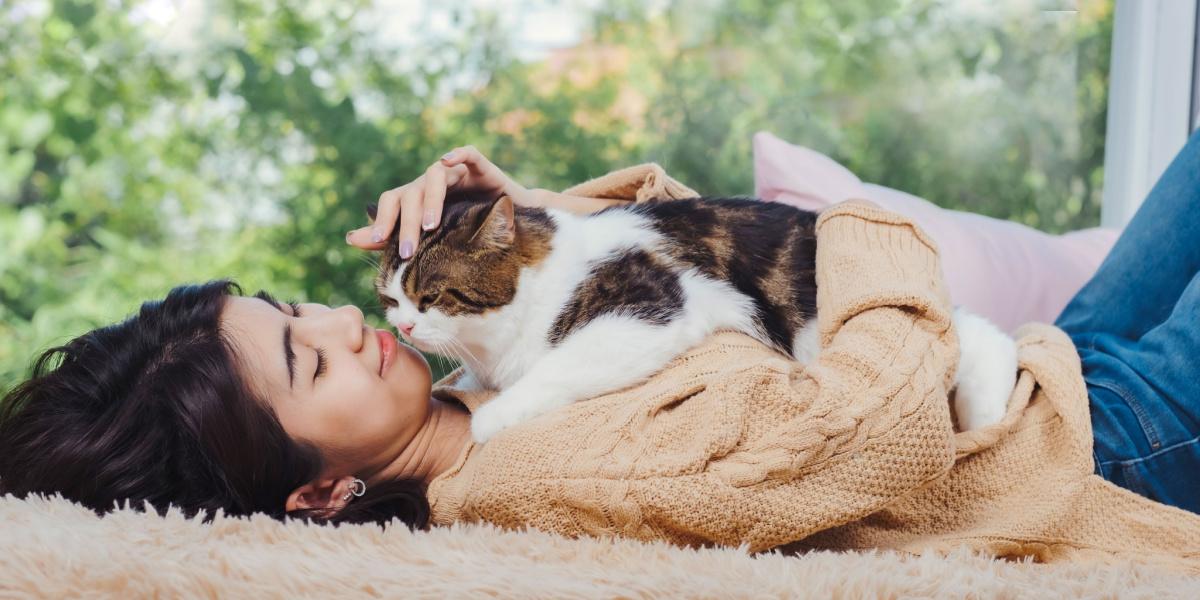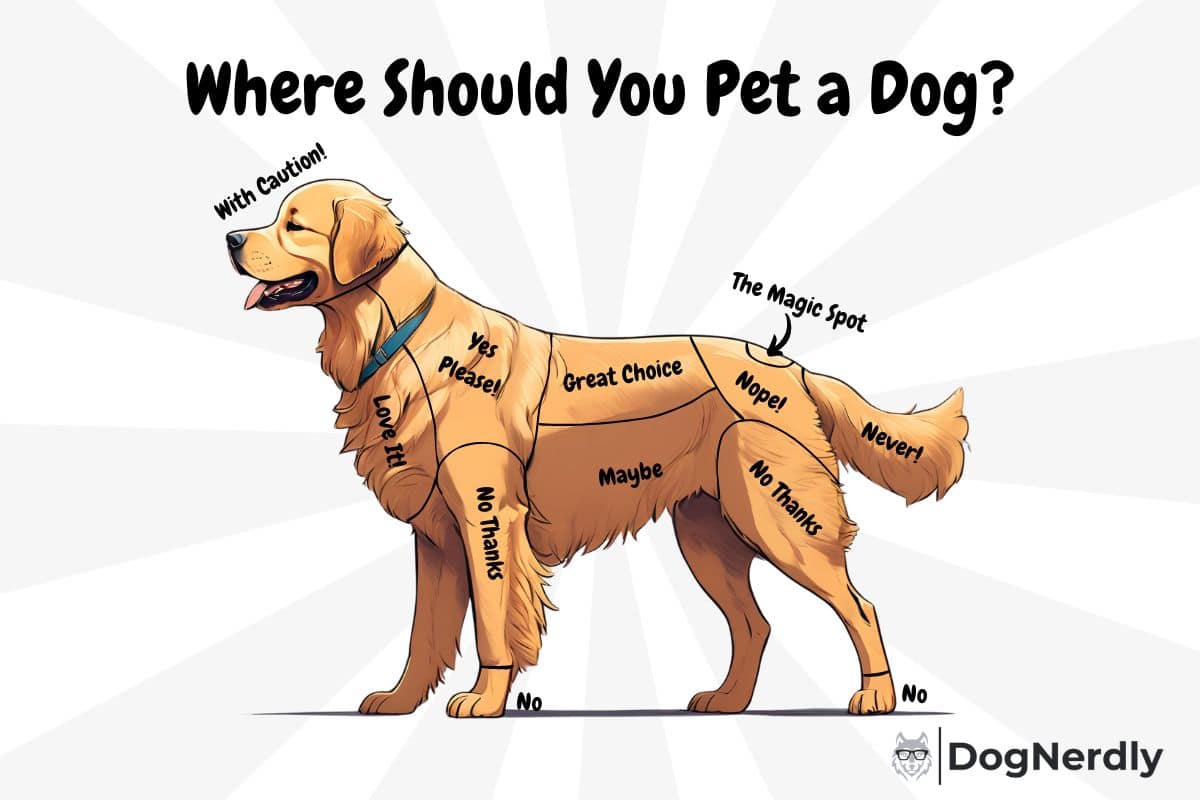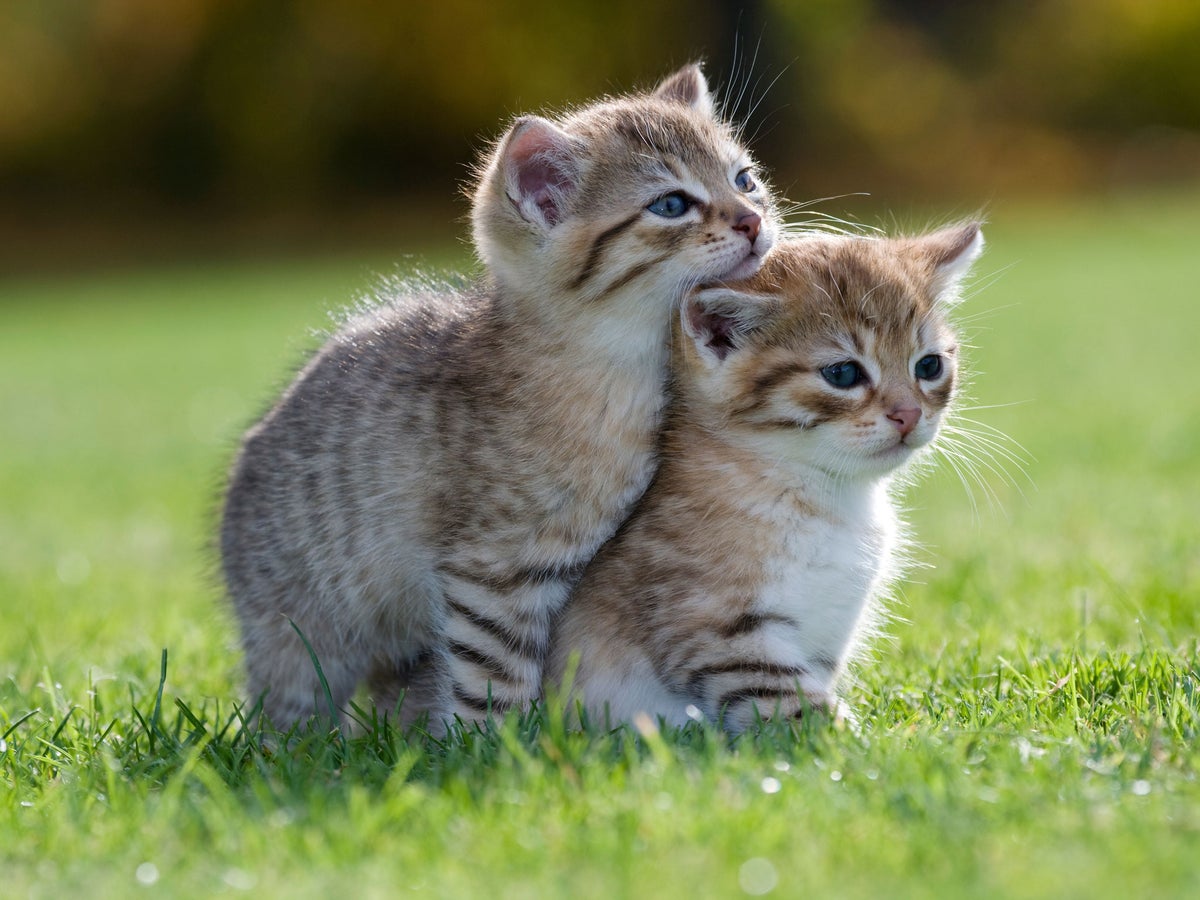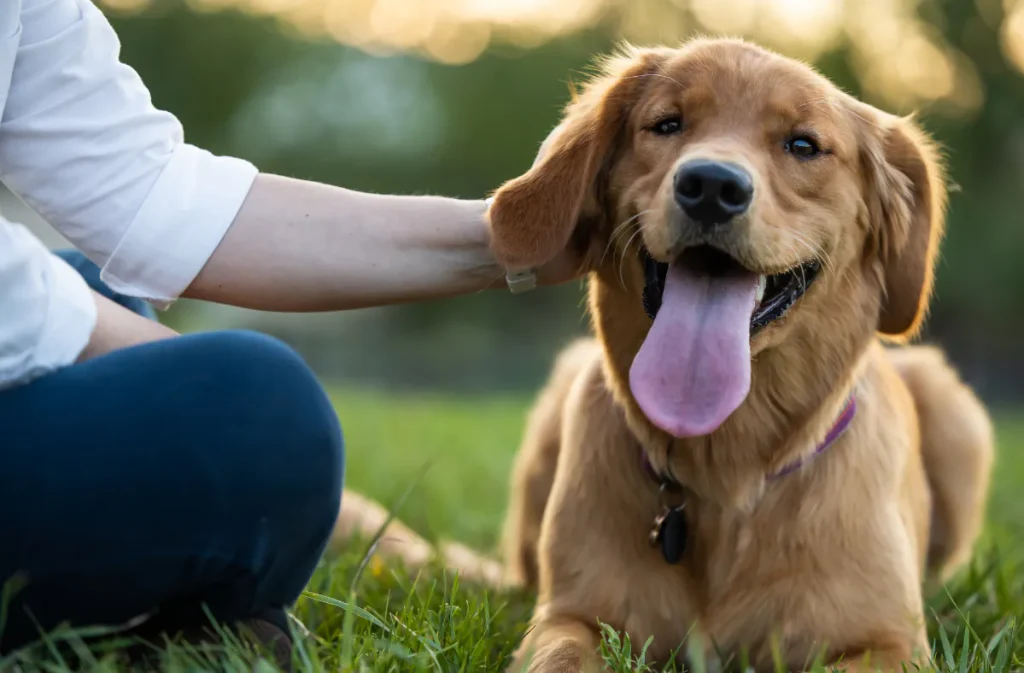Petting is one of the simplest yet most meaningful ways to bond with your pet. Whether it’s a gentle scratch behind the ears or a soothing stroke along the back, physical affection can help strengthen the emotional connection between humans and animals. But not all pets react the same way to touch. Some love being cuddled, while others prefer personal space. So, how do you know if your pet genuinely enjoys being petted?
Understanding the signs that your pet likes—or dislikes—being touched is essential for their comfort, well-being, and your mutual trust. This article will guide you through the common signs that indicate your furry friend appreciates your affection, and how you can make the most out of this bonding experience.
1. Why Touch Matters to Pets

Just like humans, animals crave physical contact, especially when it comes from someone they trust. Petting not only feels good but also releases oxytocin, often referred to as the “love hormone,” in both the pet and the owner. This hormone promotes feelings of happiness, calmness, and bonding.
However, each animal is an individual. Breed, personality, age, and past experiences all influence how a pet responds to physical touch. That’s why reading your pet’s body language is key.
2. Common Signs That Your Pet Enjoys Being Petted

a. Relaxed Body Posture
A pet that enjoys being petted will display a loose and relaxed body. Dogs may roll over for belly rubs or stretch out in comfort. Cats may arch their backs slightly or lay on their sides, signaling they’re comfortable and open to affection.
b. Leaning Into You
If your pet leans their body, head, or even just a paw into your hand as you’re petting them, it’s a clear sign of affection and enjoyment. This is especially common in dogs, who will often press into your touch when they want more.
c. Purring (in Cats)
A soft, steady purr while being petted usually means a cat is content. Keep in mind, though, that cats can also purr when they’re anxious or in pain, so it’s important to look at other cues as well.
d. Tail Language
Tail behavior is a major indicator of mood:
- In dogs, a wagging tail (especially with relaxed hips and ears) often means happiness.
- In cats, a softly twitching or upright tail can signal pleasure.
But beware of rigid or flicking tails—that may mean overstimulation or discomfort.
e. Facial Expression
Look at your pet’s eyes and mouth. A happy, relaxed pet often has soft eyes, possibly even closing them while being petted. Dogs might show a “smile” with their mouth slightly open. Cats may slowly blink at you, a sign of trust and affection.
f. Seeking More Contact
If you stop petting and your pet nudges your hand, paws at you, or moves closer, they’re asking for more. These are some of the clearest signs that they are truly enjoying the interaction.
3. Petting Zones: Where Do Pets Like to Be Touched?

Dogs
Most dogs enjoy being petted:
- Behind the ears
- On the chest
- Along the shoulders
- Base of the tail (but not all dogs)
Be cautious when touching their face, tail, or paws until you know they’re comfortable with it.
Cats
Cats have more selective petting preferences. Most enjoy:
- Under the chin
- Behind the ears
- Along the back (from head to tail base)
Avoid the belly unless you’re absolutely sure the cat trusts you—most cats don’t like belly rubs and may react defensively.
4. Signs That Your Pet Doesn’t Want to Be Petted
While some pets thrive on touch, others might be overstimulated or simply not in the mood. Watch for these signs:
- Ears pulled back or flattened
- Tail tucked or swishing rapidly
- Moving away from your hand
- Sudden head turns (sometimes leading to a nip)
- Stiff body or freezing in place
- Growling, hissing, or baring teeth
If you see these signs, it’s best to give your pet space and try again later.
5. Building Trust Over Time

Some pets, especially rescues or those with traumatic pasts, may not immediately welcome physical touch. In these cases, patience is vital. Try these strategies:
- Start slow: Begin with short petting sessions in safe zones like under the chin or on the back.
- Use positive reinforcement: Reward your pet with treats or praise after calm, successful petting sessions.
- Respect boundaries: Always let your pet walk away if they want to. Never force contact.
- Observe and learn: Each pet is unique. Over time, you’ll learn their specific preferences and comfort levels.
6. The Power of Daily Affection

Making petting a daily ritual can have numerous benefits:
- Lowers stress for both you and your pet
- Enhances your relationship
- Helps with early detection of lumps, skin problems, or injuries
- Provides comfort during periods of anxiety or illness
Whether you have a playful pup or a shy rescue cat, gentle physical contact can bring warmth and confidence into their world.
Conclusion
Recognizing the signs that your pet enjoys being petted is an important part of responsible and loving pet ownership. By paying attention to body language, behavior, and vocal cues, you can make each interaction a positive and enjoyable experience. Remember: petting is more than just a physical act—it’s a language of love, comfort, and trust.
Whether you’re sharing quiet moments with your cat or bonding with your dog after a walk, the simple act of petting can mean the world to your furry friend.
Explore More:
- How to Understand Pet Behavior in New Environments – Asiapata
- Professional Pet Transport and Handling Tips – Indochina Post














